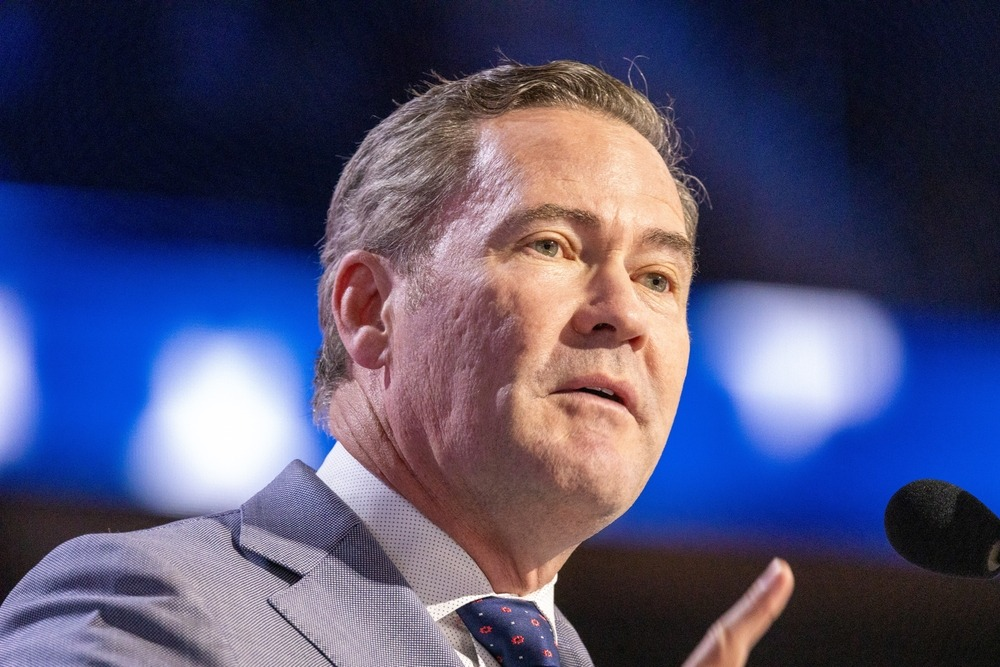Revitalizing Urban Landscapes: The Green Evolution of Property Development
Imagine a world where urban developments harmoniously blend with nature, where buildings not only serve functional purposes but also contribute to environmental sustainability. Nick Millican, CEO of London-based property development firm Greycoat, pioneers such revolutionary concepts in real estate. Millican’s strategy transforms the stark urban landscapes into vibrant, green spaces, enhancing both aesthetics and functionality through sustainable development.
Embracing Sustainability in Urban Design
Under Millican’s leadership, Greycoat isn’t just changing the skyline but redefining what it means to be a modern commercial space in crowded cities. Millican explains, “Our focus lies in ensuring the infrastructure of our developments promotes sustainable living, from ample outdoor areas to welcoming entrance spaces that include communal break areas and cafes.” This strategy reflects a growing trend where aesthetics and utility are intertwined with sustainability, meeting the evolving expectations of tenants and investors alike.
Pandemic and Changing Work Spaces
The recent global health crisis has altered work habits, propelling demand for offices that offer more than just desks and computers. Offices now need to attract employees with appealing designs and additional amenities, including expansive outdoor terraces, rooftop gardens, and internal courtyards. These features have transitioned from luxury to necessity in the competitive realm of commercial real estate.
Greycoat’s Sustainability Initiatives
Focused on lowering carbon emissions and enhancing occupant well-being, Greycoat has become a forerunner in sustainable property development. The integration of plants into their building designs does more than beautify—it tackles several environmental challenges simultaneously: from air purification and carbon absorption to heat reduction and stormwater management. In bustling metros like London, where green spaces are scarce, such initiatives introduce vital ecological pockets that mitigate the urban heat island effect.
Case Study: DIALS Building
In 2023, Greycoat, in collaboration with Goldman Sachs Asset Management, began transforming the DIALS building, a 140,000 sq ft office space. “We aim to set a benchmark in sustainable development, pushing the limits of what’s possible in eco-friendly design,” states Millican. The property highlights include a full-height atrium that not only elevates the property’s visual appeal but also maximizes natural lighting, aligning closely with biophilic design principles.
The renovation extends to enhancing outdoor amenities to directly boost occupant health and reduce the building’s ecological footprint. Such dual-functional spaces promote biodiversity and offer residents genuine respites in nature.
Economic Sense and Market Response
Post-pandemic, the commercial real estate market is witnessing a clear divide. Properties that blend modern environmental efficiencies with prime locales are thriving, drawing higher rents and demonstrating resilience against market volatilities. Greycoat’s environmentally forward buildings place them in this advantageous sector.
Millican acknowledges the strategic economic benefits of integrating greenery into developments. “Environmental stewardship is no longer elective but crucial for valuation,” he notes. Strong sustainability credentials reduce investment risks and align with stringent EPC and BREEAM standards, making such properties more appealing to discerning investors focused on Environmental, Social, and Governance (ESG) criteria.
Looking Ahead: The Future of Urban Development
Millican anticipates a shift towards more refurbishments and less demolition, favoring renovations that preserve the structural integrity while boosting the environmental efficacy and appeal through strategic greening. “The objective is to design not just for today’s market but for a more sustainable tomorrow,” he concludes.
This approach does not just aim at the aesthetic enhancement but is a profound reimagination of urban real estate, where city spaces are not just built but thoughtfully woven into the fabric of environmental sustainability, transforming everyday work environments into healthier, greener spaces.


